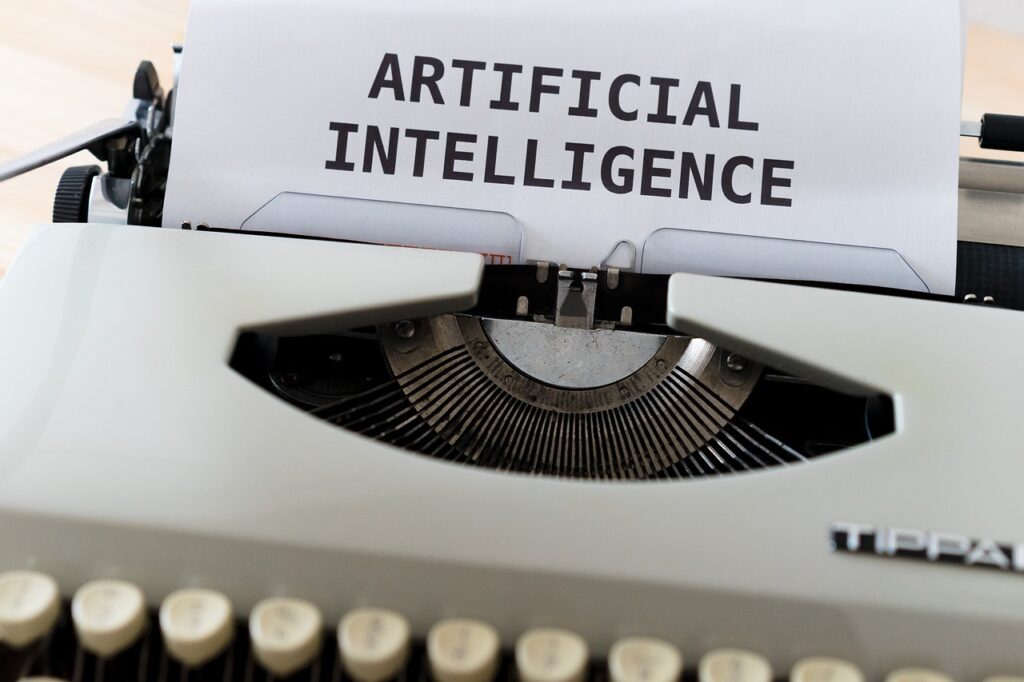An entrepreneurial patent law firm can maintain its competitive edge by adopting innovative practices, staying ahead of the curve on legal and technological developments, and building strong relationships with clients. Some of the strategies an entrepreneurial patent law firm can use to maintain its competitive edge include:
- Embracing Technology: Adopting and integrating technology, such as AI and machine learning, into their patent practice can help the firm streamline processes, increase efficiency, and provide more accurate and comprehensive results.
- Fostering Innovation: Encouraging and supporting innovation among its lawyers and staff can help the firm maintain its position as a leader in the patent industry and provide unique and valuable solutions to clients.
- Building Strong Client Relationships: By taking the time to understand their clients’ business goals and needs, and by providing personalized and high-quality services, the firm can build long-lasting and trusted relationships with its clients.
- Staying Ahead of Legal Developments: Keeping up-to-date with legal and technological developments and trends in the patent industry, and adapting their services and approach accordingly, can help the firm remain competitive and provide relevant and valuable services to clients.
- Offering Comprehensive Services: Offering a full range of patent services, including prosecution, licensing, and enforcement, can help the firm provide a one-stop-shop for all of their clients’ patent needs.
By embracing technology, fostering innovation, building strong client relationships, staying ahead of legal developments, and offering comprehensive services, an entrepreneurial patent law firm can maintain its competitive edge and provide valuable and innovative solutions to clients.

Technology to Improve Prosecution Practice
AI and machine learning can significantly improve patent prosecution practice by automating and streamlining many manual processes, providing more accurate and comprehensive results, and increasing efficiency. Some of the ways AI and machine learning can improve patent prosecution practice include:
- Prior Art Searching: AI-powered prior art searching can quickly and accurately identify relevant prior art, allowing patent practitioners to make more informed decisions about the patentability of an invention.
- Claim Drafting: AI-powered claim drafting tools can assist practitioners in crafting more concise and technically accurate claims, increasing the chances of a successful examination.
- Patent Analysis: AI-powered patent analysis can provide insight into the legal landscape, including information about the state of the art, the technological field, and the enforceability of patents.
- Examination Support: AI-powered examination support tools can assist patent practitioners in preparing and responding to office actions, reducing the time and effort required to prosecute a patent.
- Patent Monitoring: AI-powered patent monitoring can alert practitioners to potential infringement, allowing them to take proactive steps to protect their clients’ interests.
- Portfolio Management: AI-powered portfolio management can assist practitioners in managing large patent portfolios, providing insight into the performance and value of their clients’ IP assets.
In conclusion, AI and machine learning can greatly improve the efficiency and effectiveness of patent prosecution practice, allowing practitioners to provide better results to their clients while reducing the time and effort required to prosecute a patent. By embracing these technologies, patent practitioners can stay ahead of the curve and provide valuable and innovative services to their clients.
AI and prior art searching

Great prior art searching has become a necessity for any entrepreneurial law firm that wants to remain competitive. Not only does it help in defending your intellectual property, it also helps in establishing a robust revenue stream for your firm. For example, it can help you in designing around a problem patent or introducing new products without breaking the bank.
AI can significantly improve prior art search by automating and streamlining many manual processes, providing more accurate and comprehensive results, and increasing efficiency. Some of the ways AI can help with prior art search include:
- Natural Language Processing (NLP): AI-powered NLP algorithms can analyze and understand text in patent applications and other relevant documents, allowing for more accurate and comprehensive searches.
- Image and Diagram Recognition: AI-powered image and diagram recognition can identify and categorize images and diagrams in patent applications, allowing for more comprehensive searches.
- Big Data Analytics: AI-powered big data analytics can analyze vast amounts of data from various sources, such as patent databases, scientific literature, and technical journals, to identify relevant prior art.
- Machine Learning: AI-powered machine learning algorithms can continually learn and improve the accuracy of prior art searches, providing more relevant results over time.
- Customizable Search Parameters: AI-powered prior art search tools often allow users to customize search parameters, such as keywords, date ranges, and specific patent classifications, to find relevant prior art more quickly and easily.
AI can greatly improve the accuracy, speed, and efficiency of prior art search, allowing patent practitioners to make more informed decisions about the patentability of an invention. By embracing AI technology, patent practitioners can stay ahead of the curve and provide valuable and innovative services to their clients.
Patent Application Workflow Automation
Automation can greatly improve the patent drafting workflow by streamlining and simplifying many manual processes. Some of the ways automation can impact patent drafting include:
- Claim Drafting Assistance: Automated claim drafting tools can assist practitioners in crafting concise and technically accurate claims, reducing the time and effort required to draft claims.
- Template Generation: Automated template generation can simplify the process of preparing patent applications, reducing the time and effort required to draft applications.
- Automated Formatting: Automated formatting tools can ensure that patent applications are formatted correctly, reducing the time and effort required to prepare applications for filing.
- Collaboration and Review: Automated collaboration and review tools can streamline the process of obtaining feedback from clients and other stakeholders, reducing the time and effort required to review and revise drafts.
- Integration with Other Tools: Automated patent drafting tools can often be integrated with other tools, such as prior art search tools and examination support tools, allowing for a seamless workflow from claim drafting to examination.
In our view, automation can greatly improve the efficiency and effectiveness of the patent drafting workflow, allowing practitioners to focus on higher-value tasks and providing better results to their clients. By embracing automation technology, patent practitioners can stay ahead of the curve and provide valuable and innovative services to their clients.

Patent Monitoring and Portfolio Management
AI-powered patent monitoring and portfolio management can greatly improve the efficiency and effectiveness of managing patent portfolios. Some of the ways AI can help with patent monitoring and portfolio management include:
- Automated Monitoring: AI-powered patent monitoring tools can automate the process of monitoring patents and other relevant intellectual property, allowing practitioners to stay up-to-date with changes in the patent landscape.
- Real-Time Alerts: AI-powered monitoring tools can provide real-time alerts on changes in the patent landscape, allowing practitioners to quickly respond to threats and opportunities.
- Portfolio Analytics: AI-powered portfolio analytics tools can provide in-depth analysis of patent portfolios, allowing practitioners to identify opportunities for improvement and make informed decisions about portfolio management.
- Collaboration and Review: AI-powered collaboration and review tools can streamline the process of obtaining feedback from clients and other stakeholders, reducing the time and effort required to review and manage portfolios.
- Integration with Other Tools: AI-powered patent monitoring and portfolio management tools can often be integrated with other tools, such as prior art search tools and examination support tools, allowing for a seamless workflow from monitoring to examination.
In conclusion, AI can greatly improve the efficiency and effectiveness of patent monitoring and portfolio management, allowing practitioners to focus on higher-value tasks and providing better results to their clients. By embracing AI technology, patent practitioners can stay ahead of the curve and provide valuable and innovative services to their clients.

